Michigan Representative Rashida Tlaib is championing a legislative initiative that aims to offer financial support to emancipated minors and individuals under the age of 30.
This proposal is designed to assist these young people in overcoming homelessness by providing them with $1,400 each month over three years.
Youth Homelessness in the United States

Research has shown that over 3.5 million young adults and around 700,000 youth face homelessness annually in the U.S., with Black and LGBTQ+ individuals disproportionately affected.
The situation is worsening, as evidenced by a 17% increase in homelessness among 18 to 24-year-olds between 2022 and 2023.
Rashida Tlaib Proposes Financial Aid for Young Americans

Tlaib introduced the legislation, which is focused on creating solutions that respect the dignity of young individuals, moving away from repeated, ineffective policy strategies.
Her statement, “We can’t keep repeating the same policy approaches that haven’t ended the youth homelessness crisis,” demonstrates the initiative’s goal to bring about meaningful change in the lives of vulnerable young Americans.
Collaborative Effort to Combat Youth Homelessness
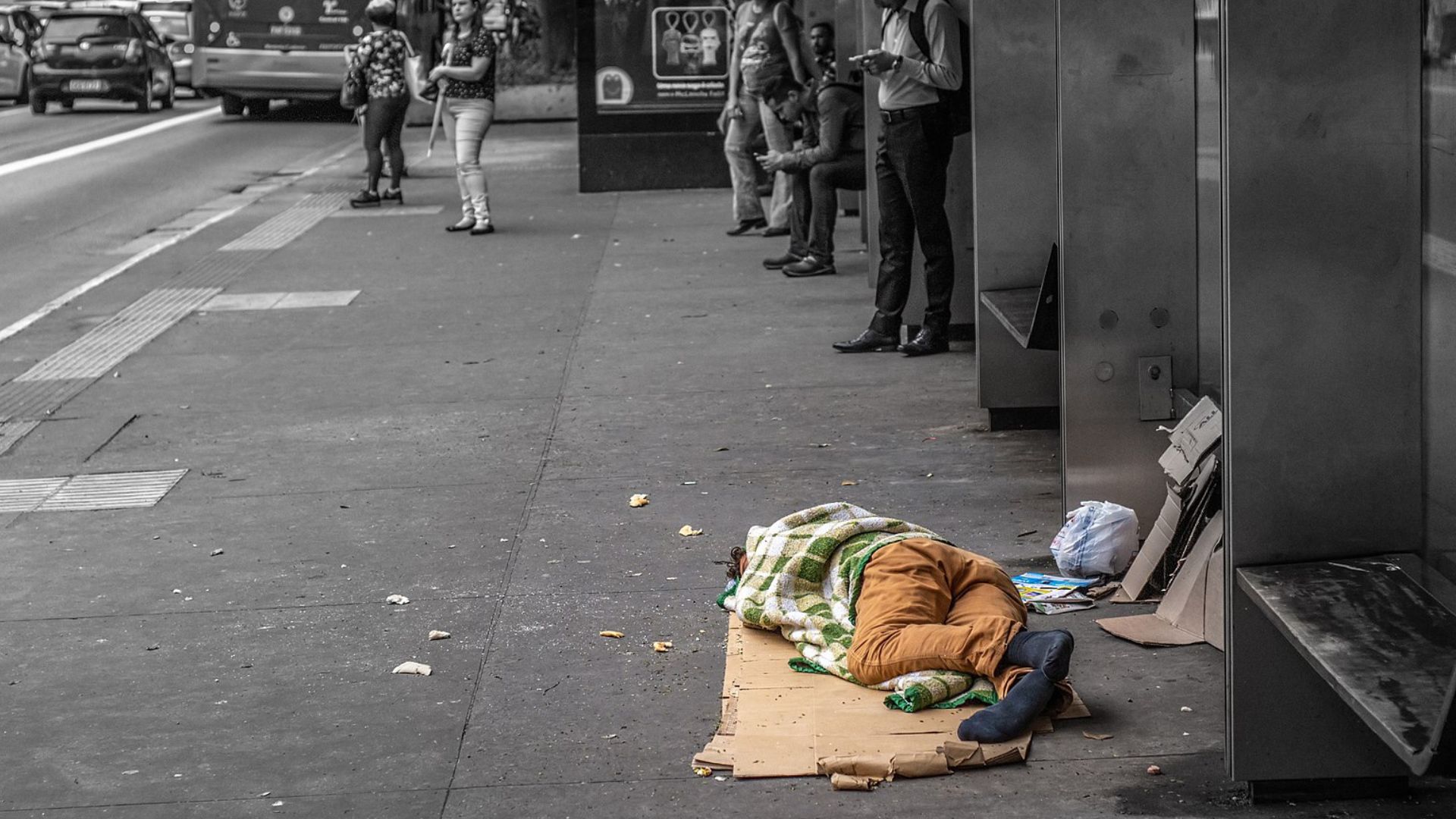
Newsweek reports that the proposal, receiving backing from several Democratic Representatives including Cori Bush and Barbara Lee, seeks to directly impact the lives of young people classified as Gen Z and millennials.
By offering this substantial financial assistance, the bill seeks to address the immediate housing needs of many young Americans.
Direct Cash Assistance: A New Strategy

In a bold move to address the housing crisis, the proposed bill will grant eligible young individuals $1,400 or an equivalent amount based on market rent.
This strategy aims to gather insights on the effectiveness of direct financial assistance in curbing homelessness.
Benefits of Cash Assistance Programs

Research shows that providing cash assistance to the unhoused can significantly improve their housing and employment situations without escalating substance abuse problems.
Such assistance decreases the need for shelters and empowers individuals to tackle their specific challenges autonomously. Recipients from prior cash assistance initiatives have reported transformative effects on their lives, the Detroit Metro Times reports.
Ann Arbor’s Leap Towards Guaranteed Income

Ann Arbor has initiated a two-year guaranteed income pilot program, distributing monthly payments of $528 to 100 entrepreneurs with low or very low incomes.
Ann Arbor’s innovative step sets a precedent in the U.S., where cash assistance studies are not widespread. Through her proposed legislation, Representative Tlaib aims to extend this concept.
National Scope and Uncertain Timelines

A spokesperson from Tlaib’s office told Newsweek that the proposed program would have a national reach, but added it was “unclear when the legislation would come to the floor at this time.”
This nationwide approach signifies the program’s ambitious aim to tackle youth homelessness across the country.
The Youth Homelessness Guaranteed Income Pilot Program Act

Tlaib’s bill, known as the Youth Homelessness Guaranteed Income Pilot Program Act is a direct response to the need for actionable solutions in addressing youth homelessness.
The legislation is devised with inputs from those it aims to benefit, ensuring that the proposed measures are grounded in the real-life experiences and needs of young individuals facing homelessness.
Endorsements and Support for the Initiative
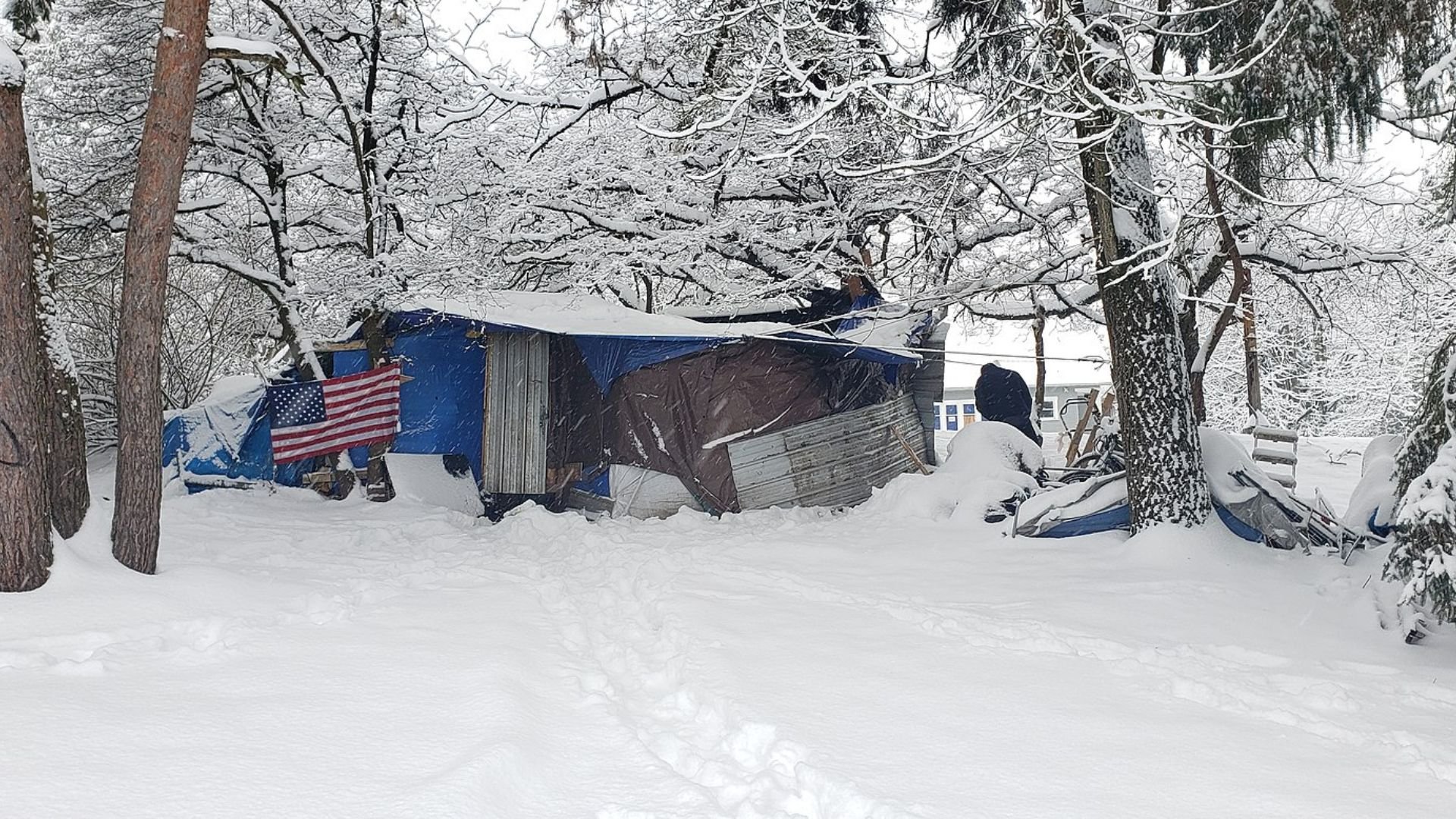
The proposal has garnered support from various non-profit organizations, with advocates like Nancy Parker from the Detroit Justice Center praising it as a significant step forward in addressing homelessness.
Parker said “our current system fails to address known root causes, and instead, substitutes prisons and jails for actual policies that address the confluence of indigency and egregiously high housing costs in this country. This bill represents a long overdue shift away from the flawed carceral approach towards a more just city.”
Advocacy for Direct Cash Transfers by A Way Home America

Marcella Middleton, the Executive Director of A Way Home America, passionately advocates for direct cash transfers as a means to empower vulnerable youth.
She emphasizes the organization’s commitment to using lived experiences to shape advocacy efforts, aiming to prevent hardship and provide stability and empowerment. “Our shared ambition is to proactively prevent the hardships faced by our most vulnerable youth, while simultaneously offering them the essential ingredients of stability, empowerment, and a promising future,” Middleton stated.
Real Needs, Real Solutions
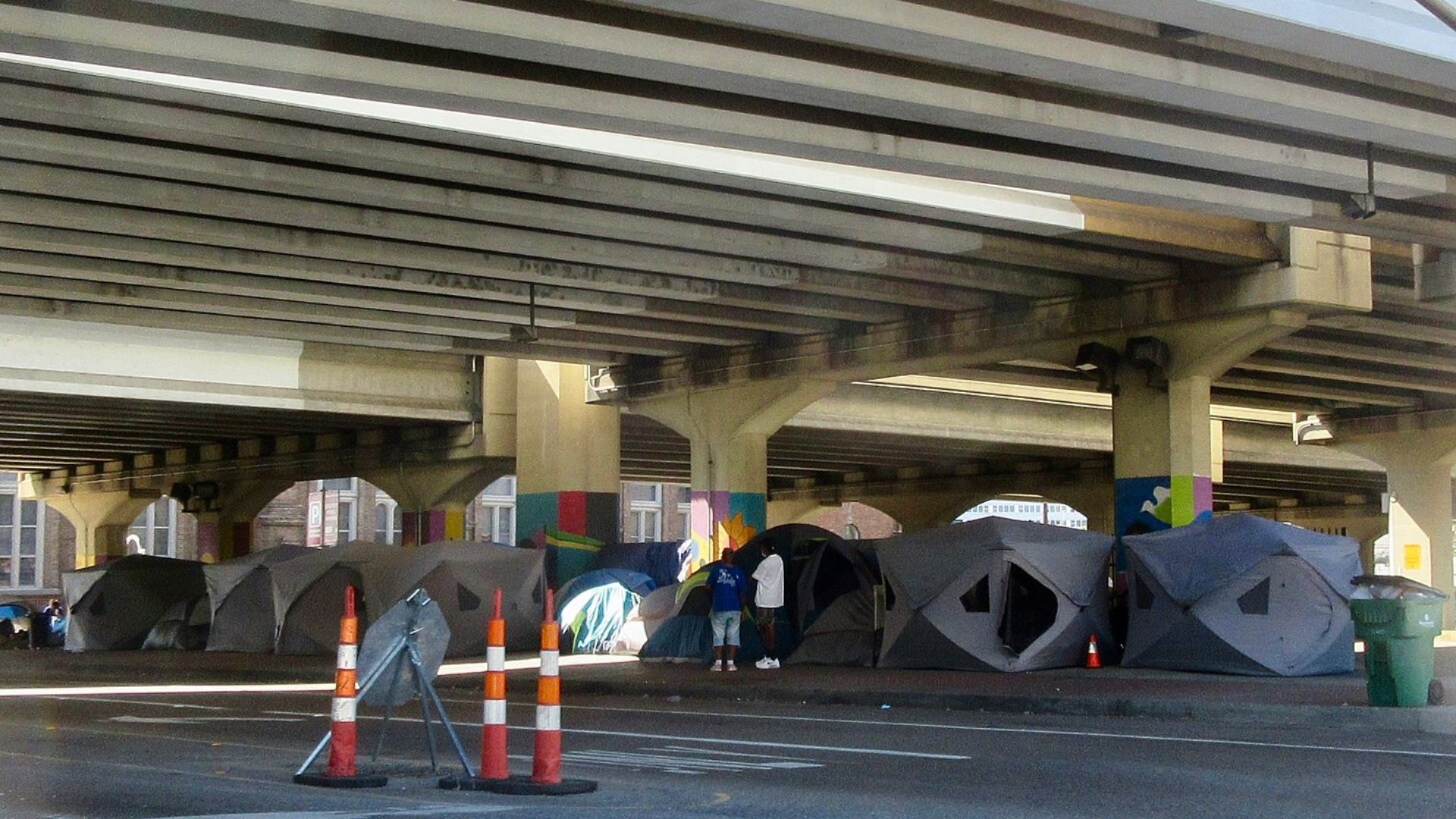
“This bill came directly from young people with lived experience. They helped craft the bill to ensure that it meets the real needs of our unhoused neighbors,” stated Tlaib, highlighting the inclusive process of the bill’s formation.
This approach ensures that the proposed solutions are directly informed by the experiences and challenges of those they aim to help.
Why Are So Many Youths Homeless in America?
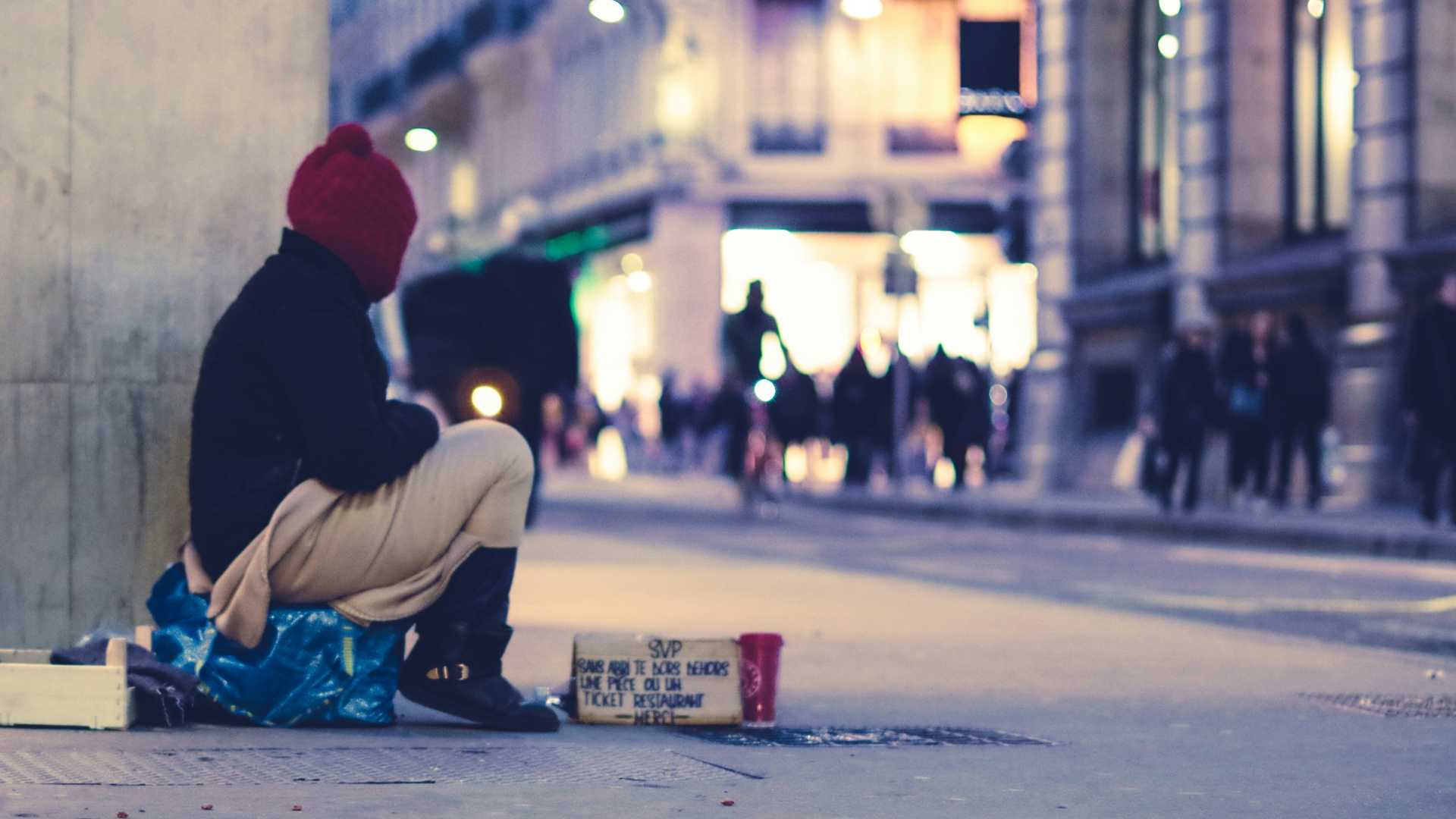
The National Network for Youth (NN4Y) cites an increased risk for minority youth to become homeless. Family conflict is also a major contributor to younger people becoming homeless as the family unit has become less reliable in America.
The NN4Y estimates that 90% of youth in youth homeless shelters report experiencing difficulties at home that can include things like regular fighting or screaming.
Older People Control the Wealth

The increase in youth homelessness exists against a backdrop of wealth inequality in America.
Statista estimated that in 2023, over 51 percent of the wealth in the country is held by the baby boomer generation. The baby boomers are anyone born between 1946 and 1964, meaning the youngest baby boomer is around 60 years old.
Younger People Don’t Have Wealth

Despite there being almost an equal share of the population between boomers and people born after 1981, the wealth gap between these groups is huge.
According to Statista, people who were born after 1981 only control 9.3 percent of the wealth in the United States. This wealth gap is felt across all spectrums of the economy, with younger people having more trouble than the older generations affording basic necessities like groceries, housing, and college.
Ballooning College Debt

Another huge strain on young people’s income and earning potential is the rising price of college and the massive amount of student loan debt that people have.
According to College Board, the average amount of loan debt for students in the 2021 to 2022 school year was $29,400 for recipients of bachelor’s degrees.
Under Employment in America

CNN reported in January that Americans now owe over $1.7 trillion in education debt. People are graduating with tens of thousands of dollars of debt already to their name, but without much to show for it.
Some reports estimate that a young 22-year-old American fresh out of college has a 50 percent chance of being underemployed. This means they are in a job that is not what they went to school for.
Proposals for Affordable Housing

States aren’t just relying on this federal $1,400 cash payment to stop homelessness, many are taking steps into their own hands.
At the end of 2023, California Governor Gavin Newsom signed a housing package of nearly 56 different bills aimed at making housing more affordable in the state. The move would help speed up the production of new houses to keep up with property demand and allow certain organizations like colleges to use portions of their property to help house residents.
Simple Math
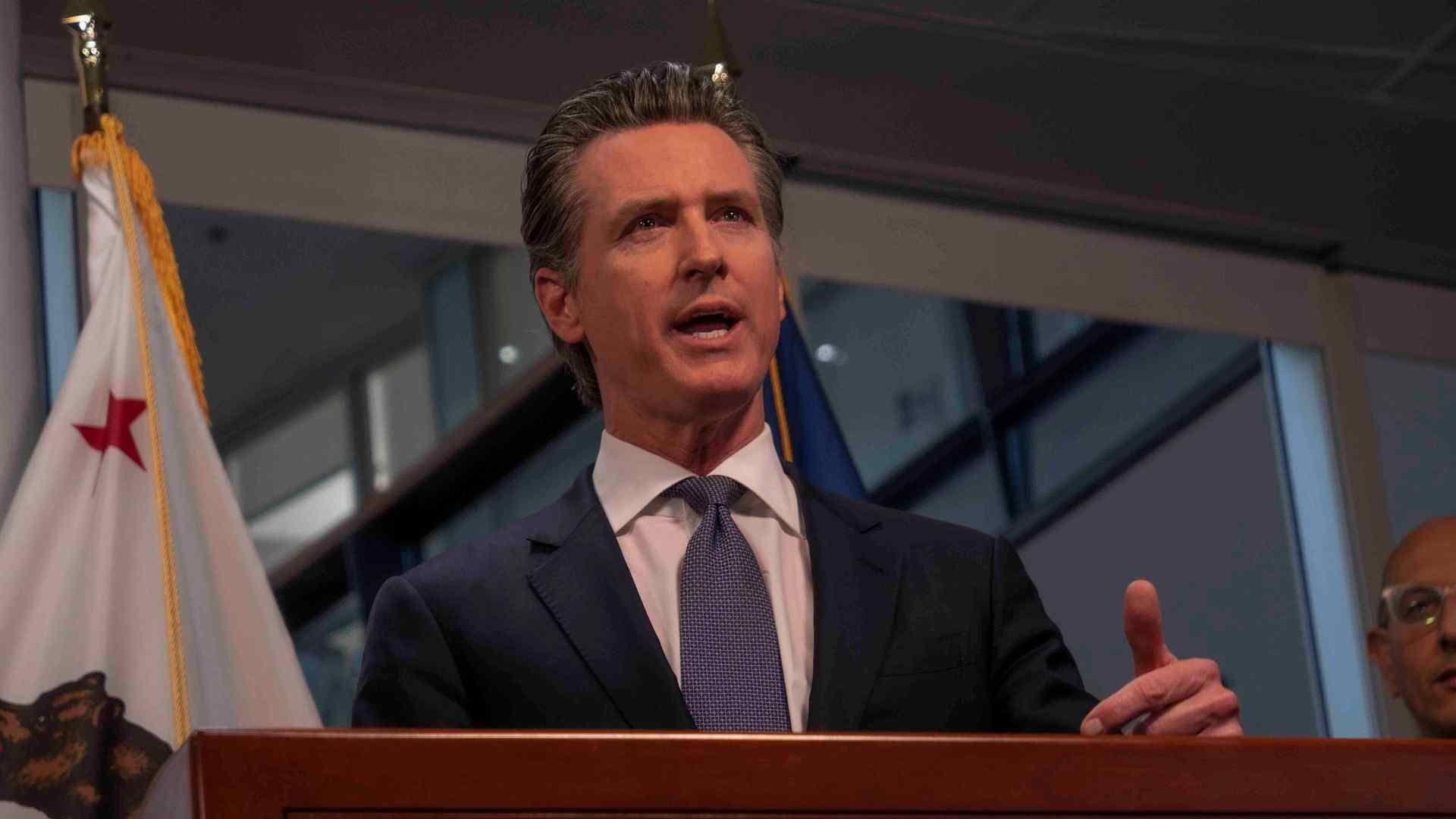
In a statement about the housing package, Newsom expressed how helping people afford housing is not only good but makes financial sense.
“It’s simple math – California needs to build more housing and ensure the housing we have is affordable. In partnership with the Legislature, we have advanced billions of dollars to that end. These 56 bills build on that work, supporting tenants and ensuring cities are held accountable to plan for and permit their fair share of housing,” Newsom said.
Stagnation of Wages

Since the 1970s worker salaries have been largely stagnated, not keeping up with the rising costs of inflation and destroying the ability of the average American to have discretionary income.
The Economic Policy Insitute estimates that middle-wage workers had a totally flat or declining salary in nearly every decade since 1980. This phenomenon has undoubtedly contributed to America’s homelessness problem.
Why Are Wages Stagnant?

Stagnant wages exist for average and middle-class Americans because people just aren’t getting the pay raises that they need.
Despite the growth in the productivity of the average worker, their pay has not kept up. Since 1973, worker productivity has been spiking while hourly compensation has a noticeably flatter increase.
Wages Have Skyrocketed for the Rich

In contrast to the average worker, wages have grown for the top 1% of Americans by 138% since 1979, according to an analysis from the Economic Policy Institute.
This growing separation of wealth between people has led to many Americans being unable to afford basic necessities, much less a suitable shelter over their heads.
CEO Wage Discrepancy

In 2022, CEOs were making 399 times what the average worker is making. Since 1978, CEO pay has increased by as much as 1460%. These CEOs are increasingly commanding higher wages.
Many people are confused as to why CEOs are paid so much, but the job comes with a lot of responsibility and pressure. Good CEOs are hard to find and big companies are willing to shell out big dollars just to have someone with a proven track record piloting the ship.
The Way Forward for Battling Homelessness

While efforts like this latest one from Tlaib are a welcome respite for America’s homeless youths, it can’t solve the problem on its own.
The solution to the problem will likely require efforts from local governments to provide the necessary resources to combat the factors contributing to homelessness. Also, as long as inequality keeps growing in America, it’s hard to imagine a long-term solution.
